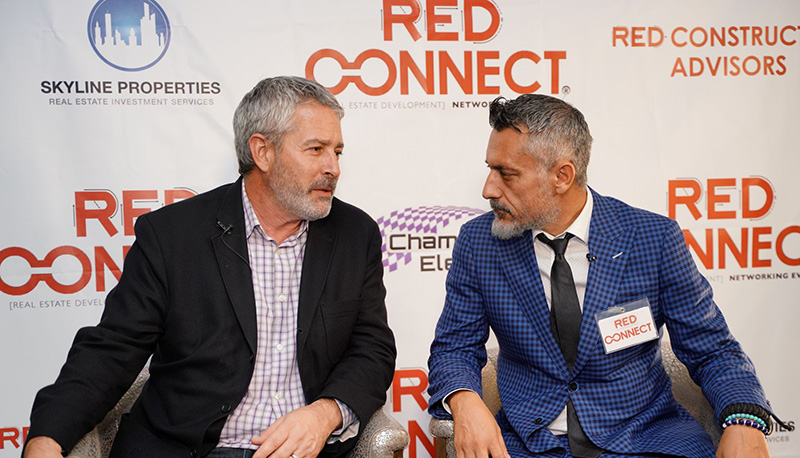
networking event in Manhattan.
How did you get into environmental engineering?
Since I was very young, I was interested in the flow of water – whether in natural streams or in man-made channels. My friends and I used to frequently play in a nearby stream, and float sticks down drainage ditches after storms. I’m sure that played a part in my selecting civil engineering as an undergraduate major, and eventually getting into water treatment as my career evolved into the environmental engineering field.
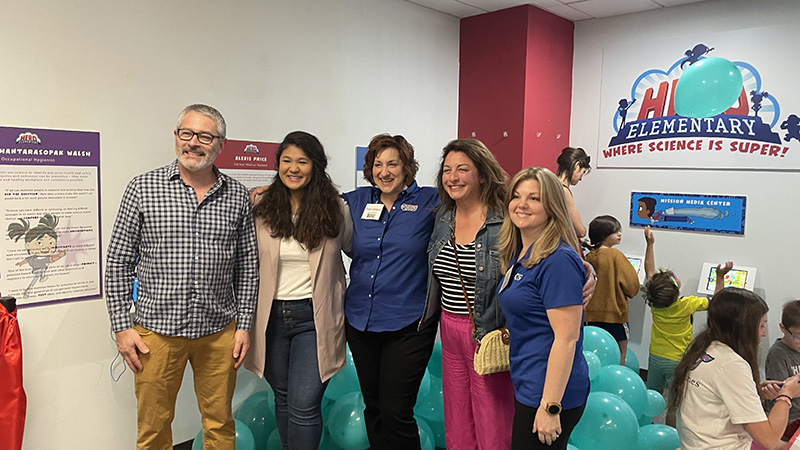
two volunteers, our executive director, and a county commissioner.
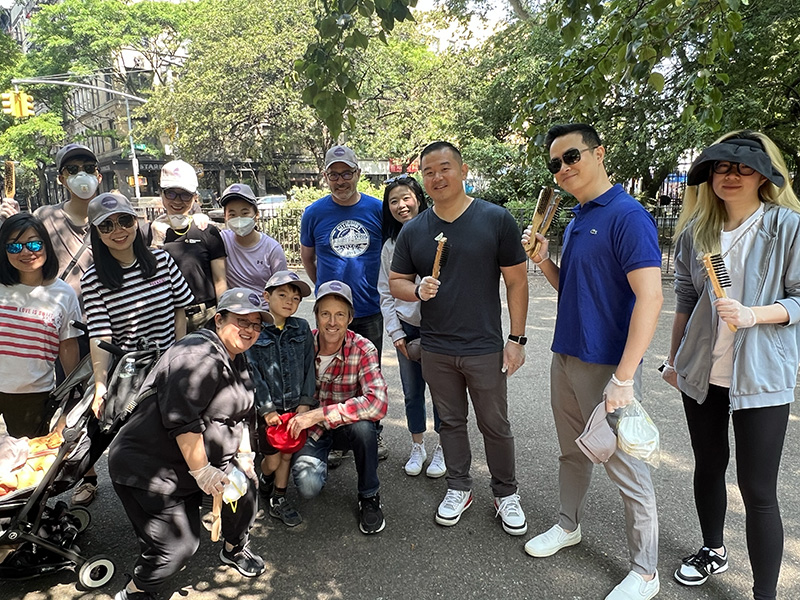
When it comes to environmental issues, our clients face two types of challenges. First, due to historical practices that caused contamination of real estate, redevelopment of properties in urban areas are faced with soil and groundwater remediation issues. Addressing these issues can range from routine approaches like installation of vapor barriers in new buildings, to very complex investigations and installation of remediation systems that must be operated for years. Add to this the additional challenge of emerging contaminants like PFAS (aka “forever chemicals”) that are ubiquitous in the environment and can be costly to remediate.
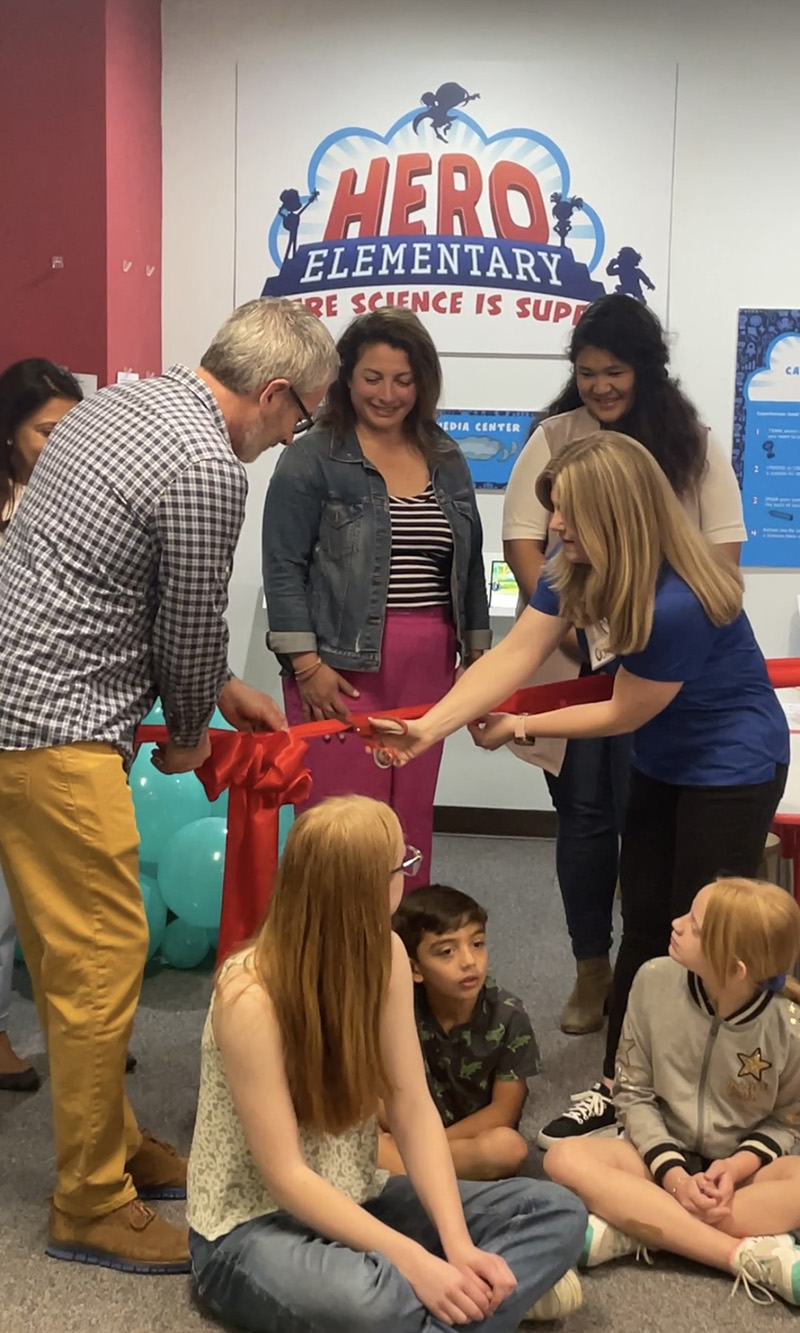
at the Reading Science Center.
Second, development of greenfield properties is growing more challenging as federal and state agencies increase their protection of streams and wetlands, under the authority of the Clean Water Act. Perhaps nowhere is this seen more than in the Chesapeake Bay watershed – which comprises five states including New York – where unprecedented reductions in contaminants (nutrients and sediment) are required to meet Clean Water Act mandates.
How has Liberty Environmental utilized technology to enhance services?
Liberty Environmental scientists use geographic information system (GIS) software to plot and analyze contaminant distributions at our project sites. We employ monitoring systems that enable us to remotely evaluate airborne pollutant concentrations at our project sites from computers or handheld devices. We have also used drone technology to provide visual depictions of our project sites, which assists in decision making by our clients and engineering staff.
What is the vision for the future of Liberty Environmental?
Liberty Environmental’s vision is to continue to provide the highest quality environmental services to our clients. We look to achieve this vision by attracting and retaining the best scientists and engineers in the industry, expansion of our service offerings based on our core competencies and maintaining sound fiscal management. We recently acquired Frey Engineering of Lebanon, New Jersey. This strategic acquisition will allow us to expand our services in the New Jersey market and add new service offerings including landfill design and construction management. It has been very exciting to see the synergies that have resulted from this acquisition.
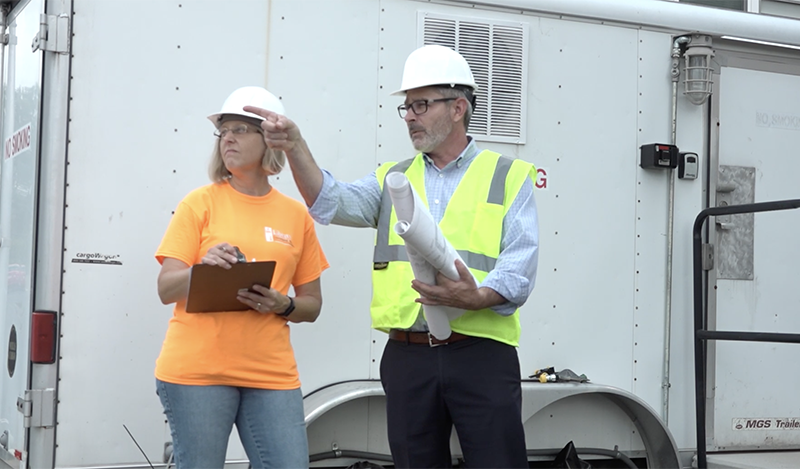
remediation system installation.
What are you currently excited about in the industry?
New technologies are constantly being developed across all kinds of industries, and the environmental industry is no exception. Technology has greatly changed the way environmental consulting work is done – from the advent of computer-aided drafting in the 1980s, to the development of GIS in the 1990s, to the use of remote sensing and drones in recent years. These technologies enable companies to perform their services with greater speed and precision. Most interesting now is the development of artificial intelligence (AI). We’re tracking its capabilities closely and will undoubtedly use it, at least on a small scale, in the future.
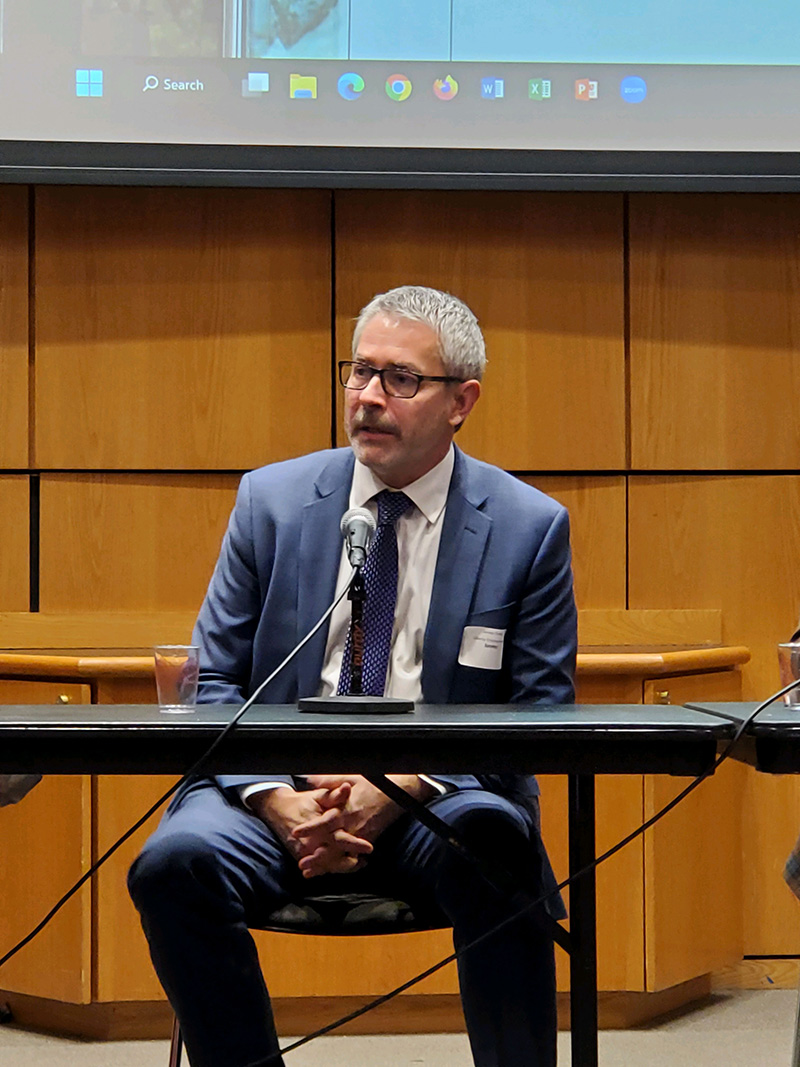
What are you involved in outside of work?
Four years ago, I founded the Reading Science Center in my hometown of Reading, Pennsylvania. I would take my children to science centers in other towns and became frustrated that one didn’t exist in Reading. After a couple of years of planning and fundraising, we opened our doors in October 2020, which was challenging because of COVID-19. Despite that challenge, we’re now providing hands-on STEM experiences to thousands of students and adults throughout the community. We started in a small 7,000 s/f space which we have already outgrown and are now planning a major capital campaign to move into a much larger 16,000 s/f space.
